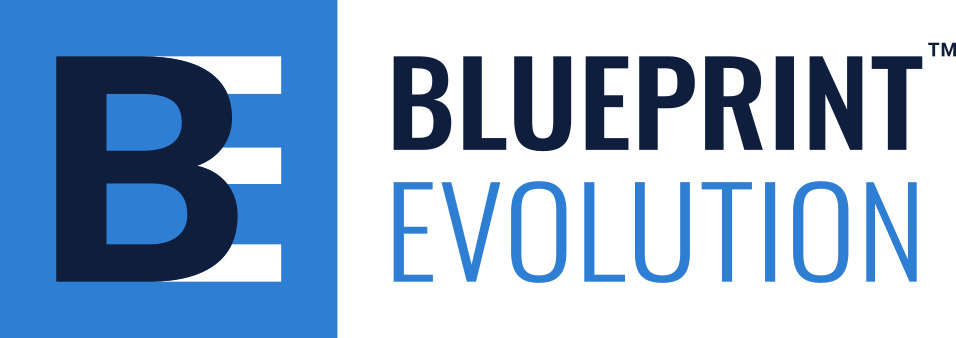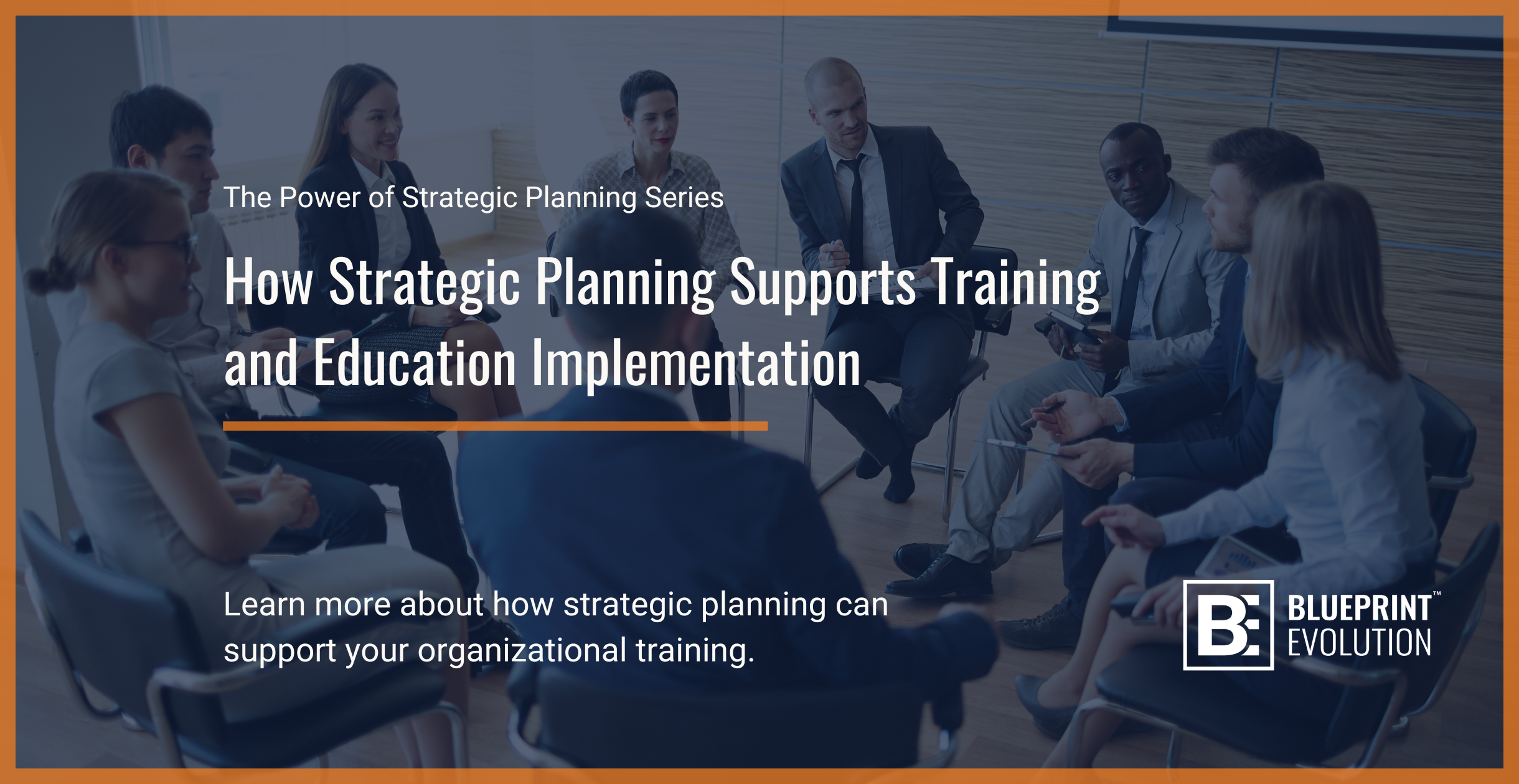Implementing effective training and education programs is key to both employee growth and the overall success of the organization. Strategic planning makes sure these programs align with the company’s goals, meet the needs of the workforce, and deliver real results. With a structured approach, strategic planning helps shape, roll out, and assess training programs to ensure they’re successful and have a lasting impact.
Needs Assessment
Strategic planning begins with identifying training gaps through thorough needs assessments, which often include both qualitative methods, such as surveys and interviews, and quantitative data, like performance metrics. For example, a retail company might find that its customer service team lacks skills in handling online inquiries. A strategic plan can prioritize this gap, creating targeted programs to improve e-commerce support, which can lead to increased customer satisfaction and revenue.
Additionally, strategic planning incorporates employee feedback to ensure training programs address real-world challenges and needs of adult learners. For instance, a healthcare organization might conduct surveys and interviews with staff to pinpoint areas where additional knowledge or skills are needed. This collaborative approach ensures that training initiatives are relevant, engaging, and impactful.
Resource Allocation
Training programs require time, budget, and human resources. Strategic planning ensures these resources are allocated effectively. For instance, a healthcare organization can use a strategic plan to decide whether to develop in-house training modules or partner with external experts for specialized skills development.
Strategic plans also account for scalability and long-term sustainability. For example, a tech startup might initially focus on training its development team but gradually expand to include customer support and marketing teams. By mapping out these stages, the organization ensures a consistent and efficient rollout of training programs that align with its growth trajectory.
Measurable Outcomes
Strategic planning establishes KPIs (Key Performance Indicators) to measure training program success. An example might include tracking a 30% reduction in onboarding time for new hires after implementing a structured orientation program.
These metrics also allow organizations to identify areas for improvement and make data-driven adjustments. For example, a school district that tracks teacher performance post-training might identify additional needs for technology integration workshops. By continuously refining training initiatives, organizations maximize their return on investment and ensure long-term success.
Strategic planning maximizes the impact of employee education efforts by aligning training initiatives with organizational goals and measuring outcomes.
Connection to Organizational Goals
Strategic planning ensures that training programs are not standalone initiatives but integral to broader organizational goals. For instance, a company aiming to expand into global markets might develop language and cross-cultural awareness training for employees. This alignment ensures that training efforts directly contribute to the organization’s vision.
By aligning training initiatives with organizational goals, measuring outcomes, and addressing workforce needs, strategic planning maximizes the impact of employee education efforts and fosters a culture of continuous learning.
For organizations looking to enhance their strategic planning efforts, consultants offer invaluable expertise and support, transforming ideas into actionable strategies. Whether launching a new initiative, entering a new market, or addressing internal inefficiencies, strategic planning is the roadmap that turns vision into reality. Start planning strategically today to achieve more tremendous success tomorrow. To learn more about our strategic planning resources and solutions, click here.







